STRATEGY GUIDE: What are the possible race strategies for the Azerbaijan Grand Prix?

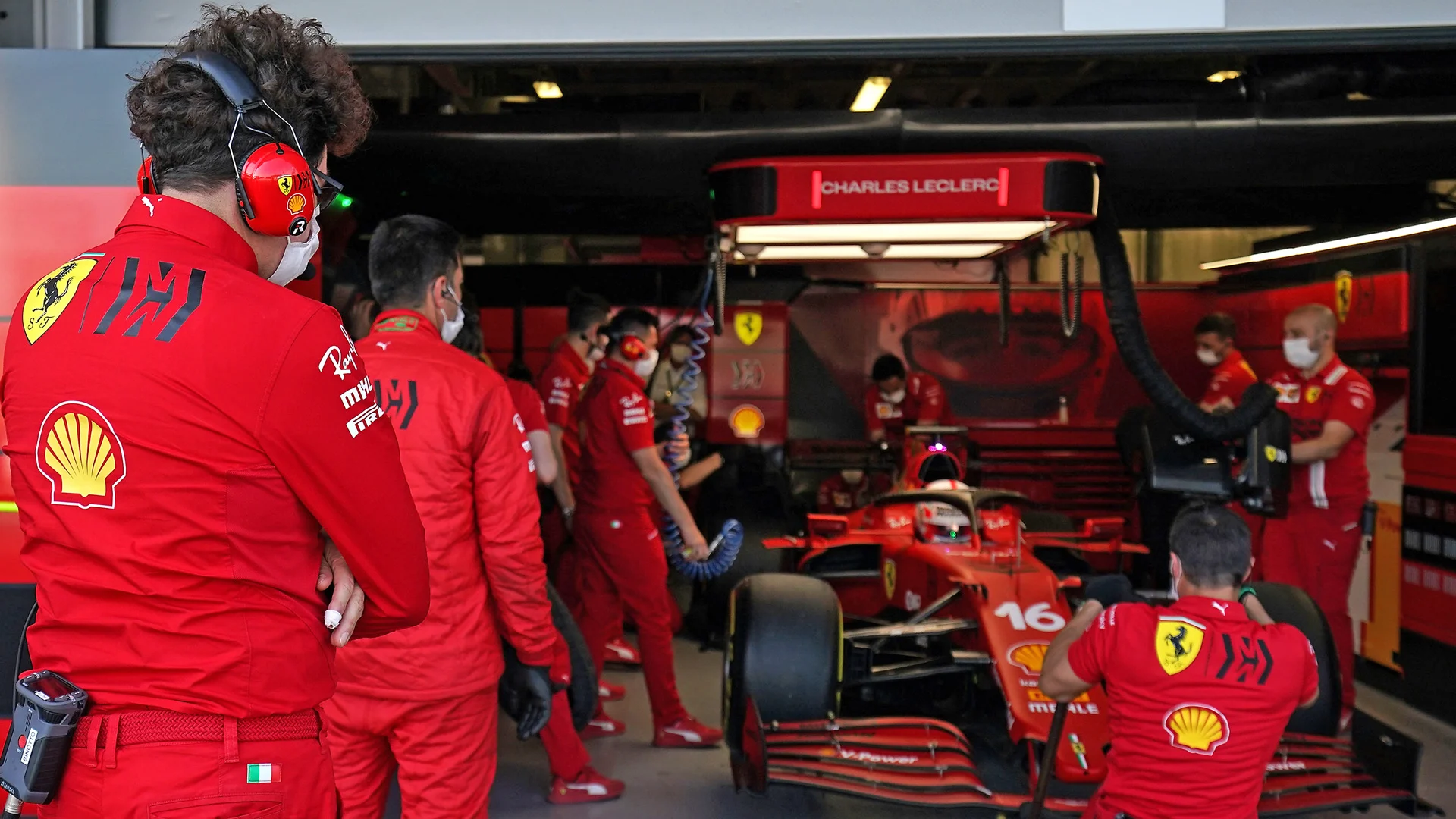
Another street circuit but one where overtaking is very much possible, so we take a look at the different strategic options ahead of today’s race at the Baku City Circuit.
What are the likely strategies for the frontrunners?
It’s becoming a theme of qualifying this year that the field is so close that teams can’t risk a lap on the medium compound tyre to try and get through Q2. This weekend the gap in terms of one-lap performance between the medium and soft was an estimated 0.8s, so all of the top 10 had to use the soft compound to reach Q3.
So that means the preferred strategy is the same for everyone from Charles Leclerc down to Valtteri Bottas in 10th, with the opening stint on the softs giving way to a long final stint on the hard compound.
READ MORE: Leclerc takes shock pole in dramatic Baku qualifying session as FIVE drivers crash out
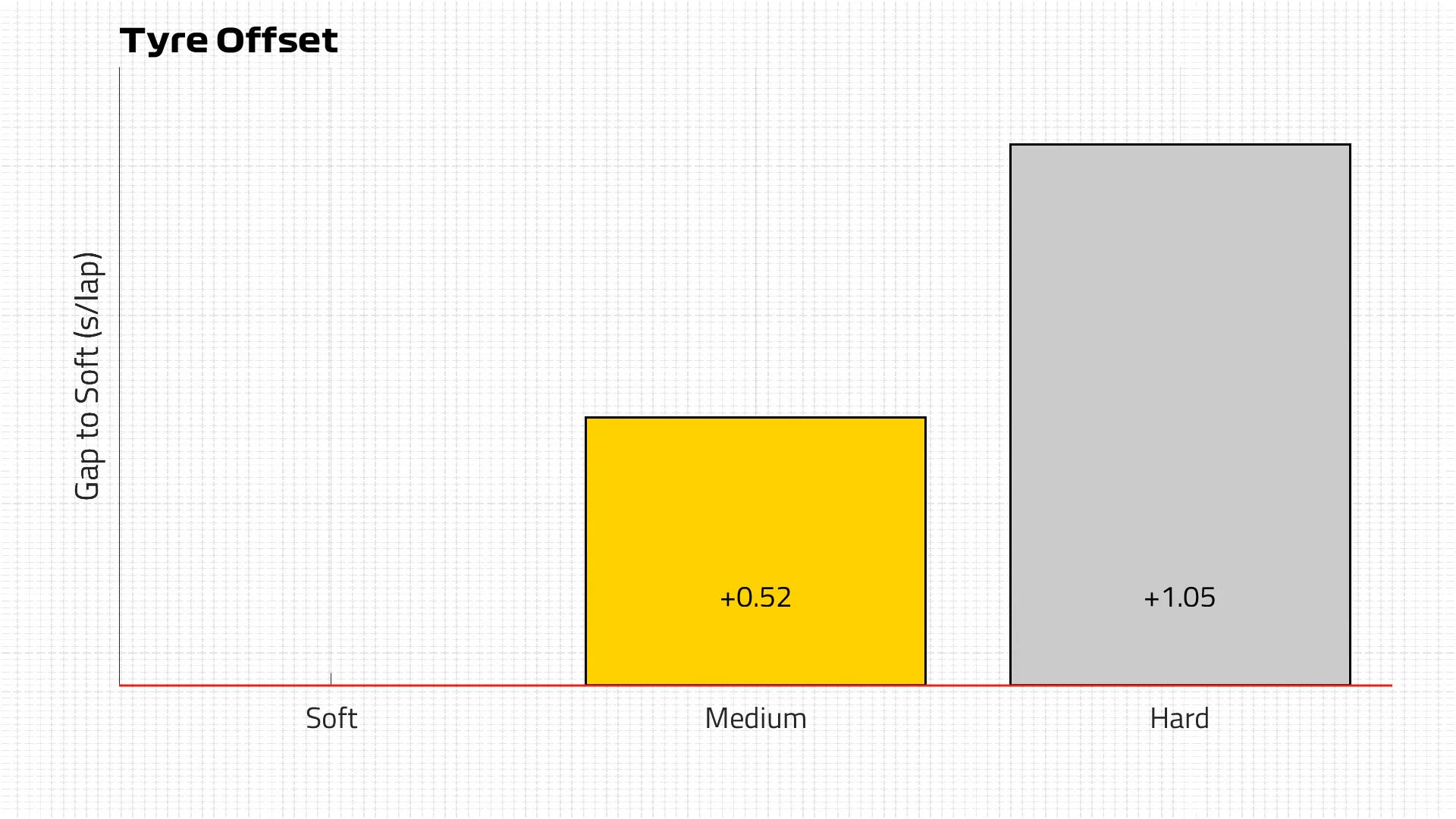
Even though overtaking is possible in Baku, it is still a street circuit where you would rather have track position given the jeopardy involved both in fighting another car and the potential for race interruptions.
The pit lane is helpfully positioned but a stop in green flag conditions still costs a driver around 20 seconds – mainly due to the speeds drivers are doing on the pit straight – so a one-stop is likely to be the preferred strategy.
With high temperatures expected and heavy cars with full tanks of fuel, the first stint is likely to be around 11-15 laps before those at the front of the field want to get rid of their softs and switch to the hard compound to run to the end of the race.
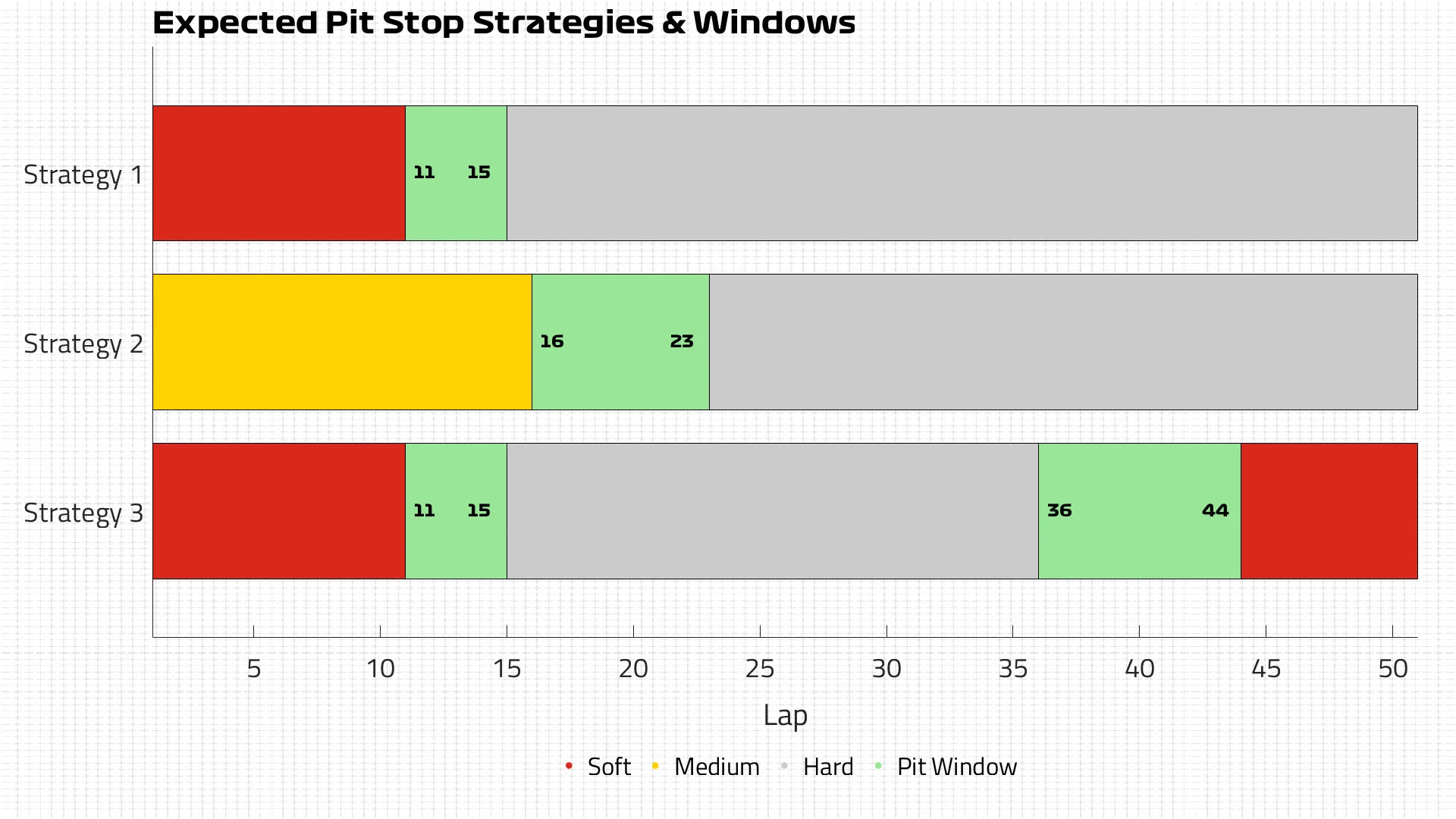
How about the rest of the top 10?
The undercut is expected to be far more powerful in Baku than we saw in Monaco, where the overcut was the way to go when drivers could stay out on warm tyres that still had good performance in them and run more quickly in clear air.
So those further down in the top 10 might be looking to pit in the first part of that pit window – closer to lap 10 – to get the jump on someone ahead.
Qualifying facts and stats: A red flag record in Baku
Similarly, an earlier stop is likely to help them against anyone further back who starts on the mediums, as that isn’t expected to be a much longer first stint (as I’ll explain below).
Two-stopping with a stint on the medium or hard in the middle of the race to try and get clear air is unlikely to be considered, as highlighted by the fact that Mercedes – with Valtteri Bottas starting from 10th place – opted to use up their one set of mediums in Q1 and have no new sets for the race.
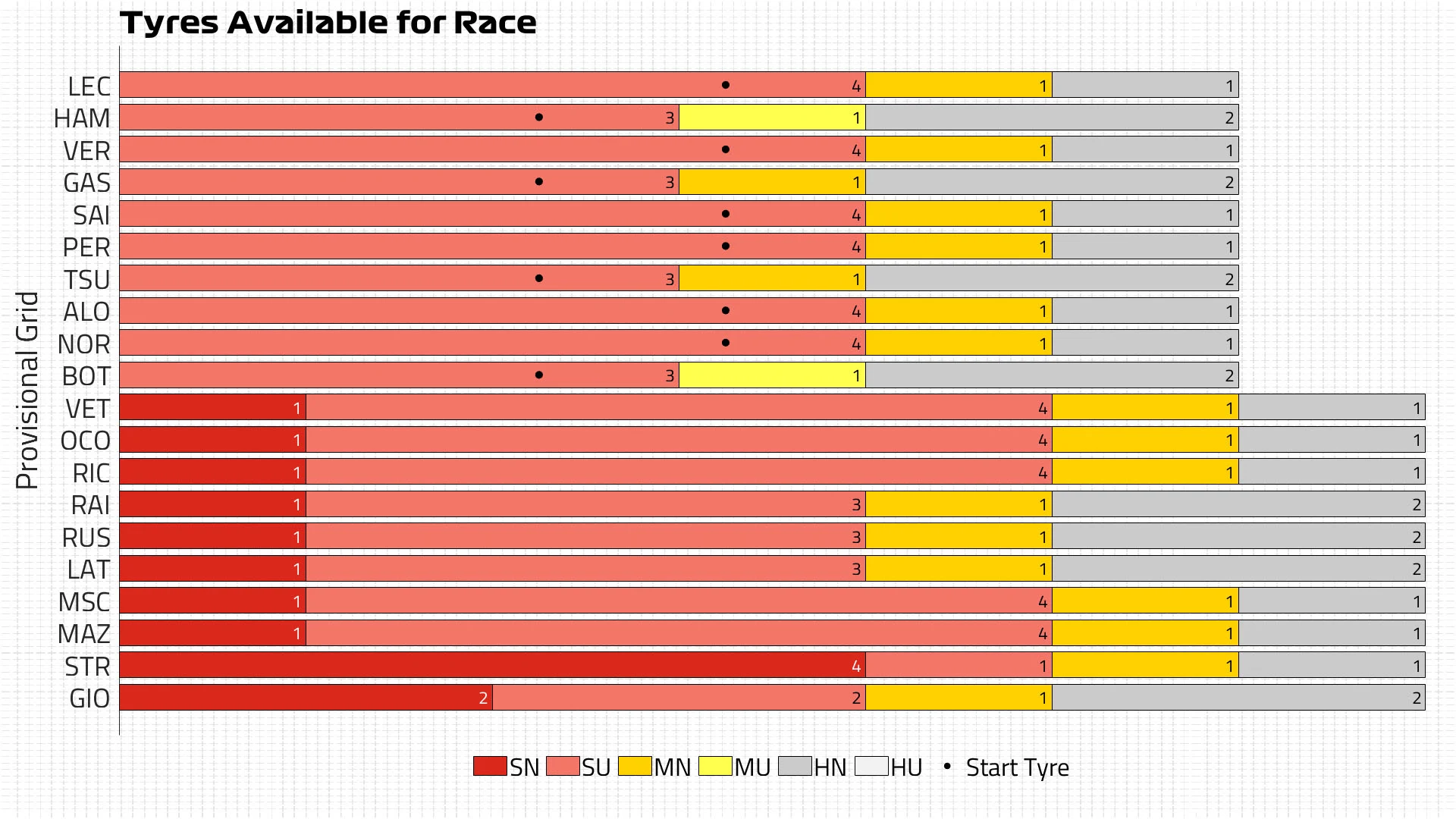
What are the options for the bottom half of the field?
It wouldn’t be massively surprising to see anyone starting on the softs outside of the top 10, other than for the fact that they would know they are on the same strategy as those ahead. That’s because the mediums are actually a very similar tyre in terms of graining – when bits of the tyre rip off and then immediately stick to the tyre elsewhere, creating an uneven tread and reducing grip – and the softs carry a performance advantage of at least half a second per lap in the race.
Degradation levels are relatively similar too, but the mediums would give more flexibility, as the first stint would ideally be in the range of 16-23 laps before switching to hards for the rest of the race.
Being able to go longer opens up more possibilities, because an early Safety Car can still be reacted to, but a later one would benefit medium tyre runners over those who had already pit for softs.
There’s another consideration though that looks likely to be a strong option for those outside the top 10, and that’s to start on the hard compound tyre. By doing that, teams can run long into the race and will be helped by the warmer temperatures and higher fuel loads when the race starts, because these are conditions the hard likes.
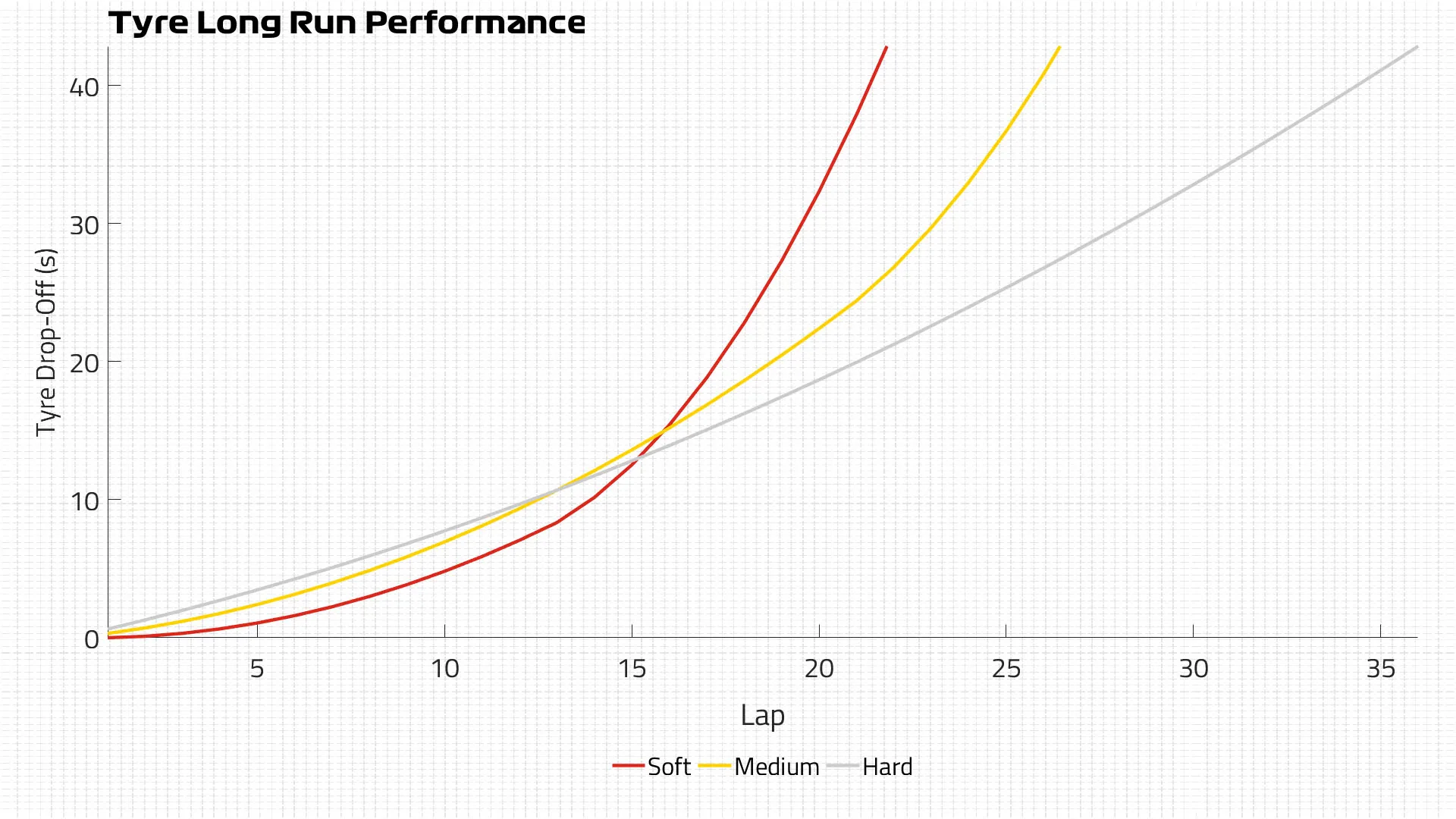
Then as the track cools and the fuel burns off, the switch can be made to either mediums or softs depending on if there are any interruptions and Safety Cars, with the first stop coming perhaps as early as with 25 laps to go.
Teams starting on the hard tyre will also then have the data of how long the soft can last from the first stint, and will know the tyre will have a much easier time of it as the sun goes down and the track falls into shadow, lowering surface temperatures.
WATCH: Relive Valtteri Bottas' well-deserved victory in the 2019 Azerbaijan Grand Prix
The danger is that an early Safety Car will play into the hands of those wanting to switch to hard tyres for their second stint, and work against those that start on the hards and need to use another compound. Baku comes with a high possibility of a Safety Car – and a pit stop in those conditions costs only nine seconds – but as we saw in Monaco last time out it’s not a guarantee.
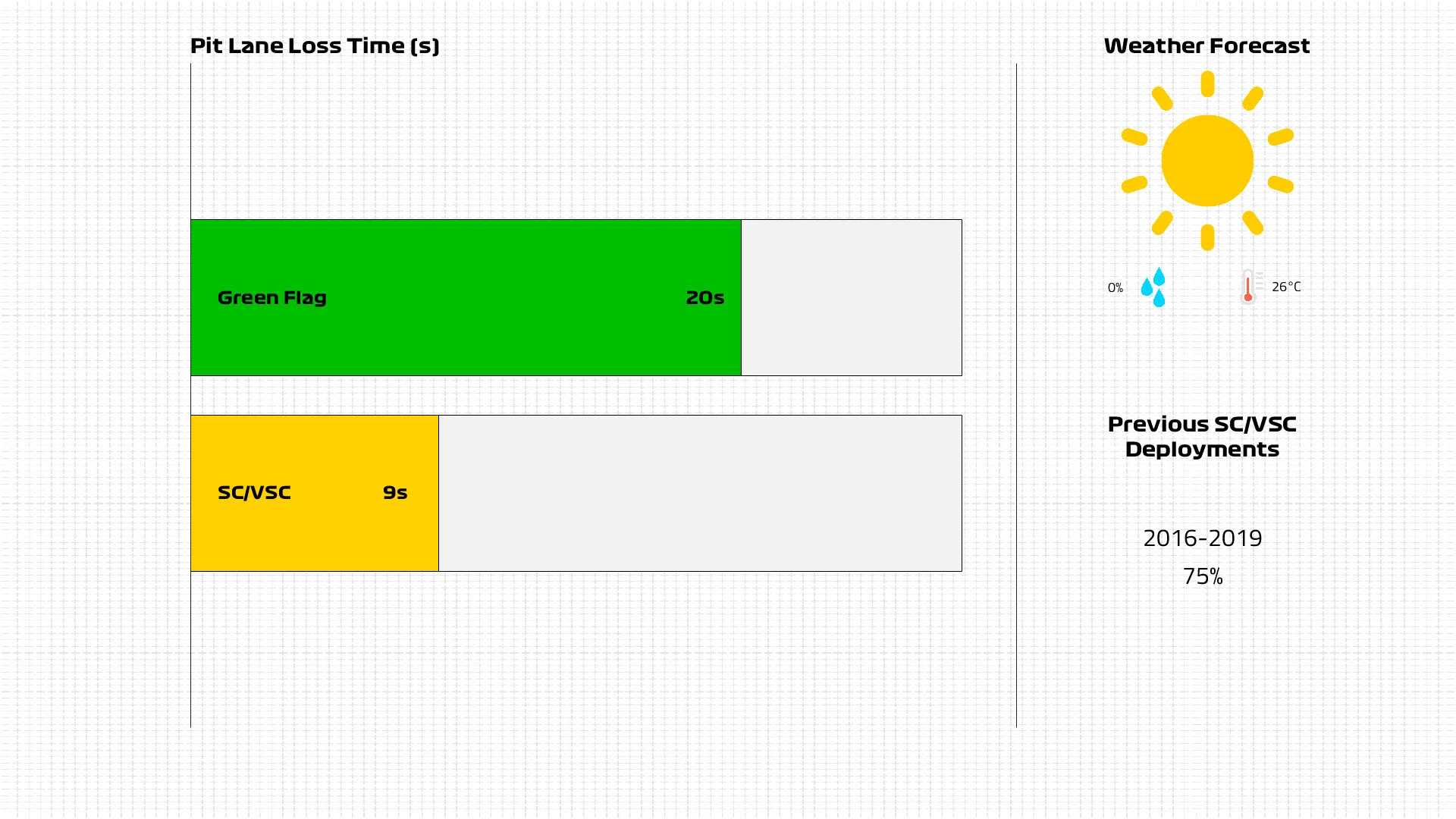
Wait, but what’s the weather doing?
The weather forecast is for another dry and warm day, with the air temperature climbing to 26C. That’s likely to see the track temperature getting close to 50C in the early part of the race, but it will cool significantly as the sun starts to get lower later in the afternoon and the buildings that surround it create longer shadows.
READ MORE: What the teams said - Qualifying in Azerbaijan
There is one fairly significant change to look out for though, with a much stronger wind predicted on Sunday, and while you would expect the buildings to provide some shelter from the gusts, wind can actually be amplified by the fact it’s a street circuit where it gets channeled through the gaps.
Seeing as drivers were struggling with their braking points even on a relatively calm day on Saturday, we could be in for a number of errors that either lead to accidents or cars taking to the tight escape roads that are difficult to turn round in.
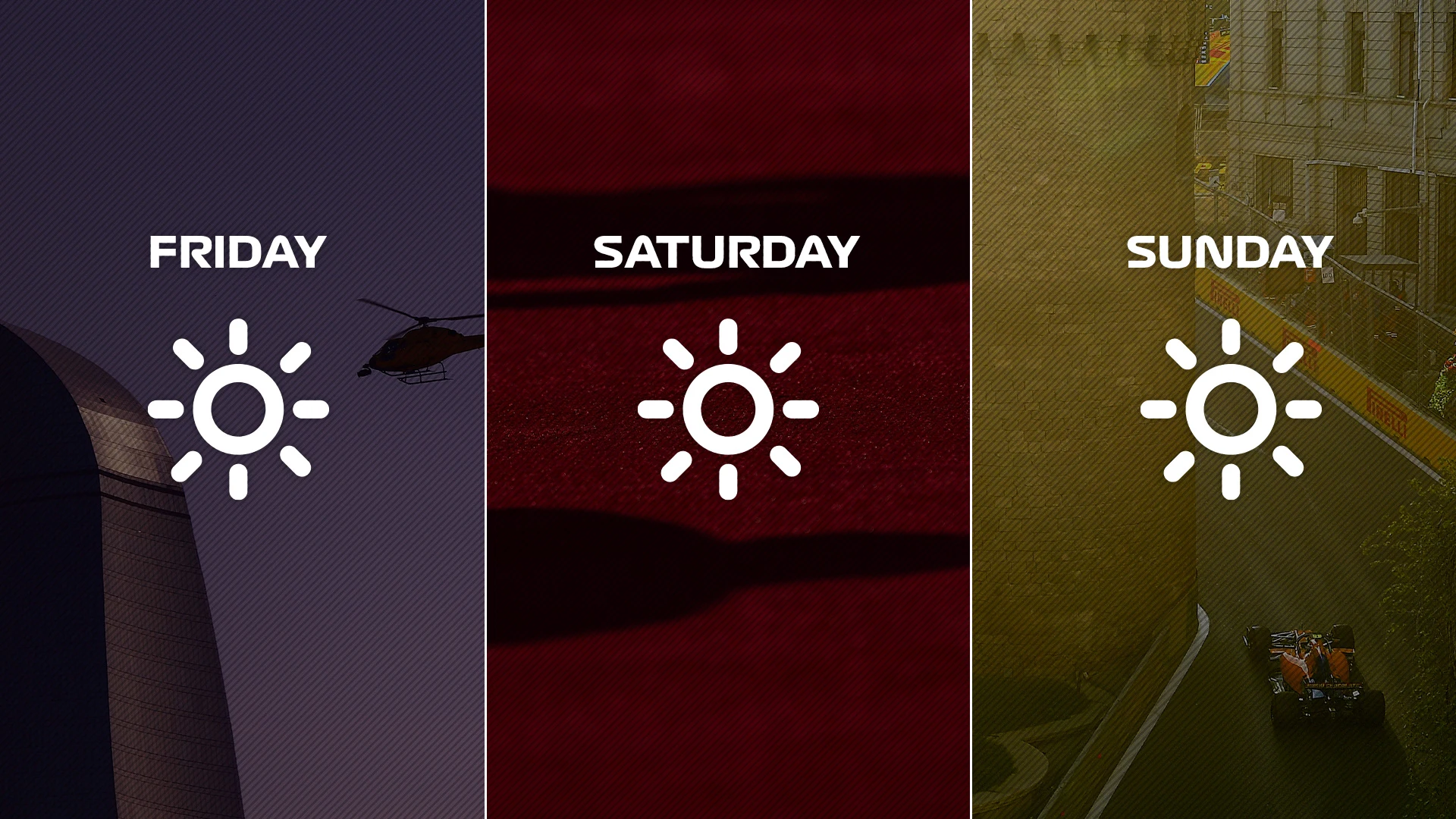
Next Up
Related Articles
 ‘I have achieved my dream, that little boy's dream’ – Norris
‘I have achieved my dream, that little boy's dream’ – Norris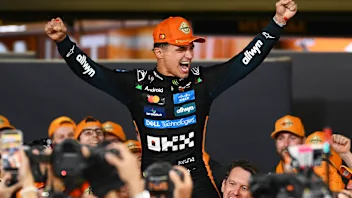 All the key stats from Norris’ title-winning season
All the key stats from Norris’ title-winning season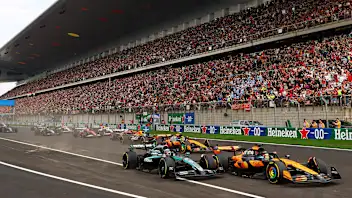 Tickets on sale for 2026 Chinese Grand Prix
Tickets on sale for 2026 Chinese Grand Prix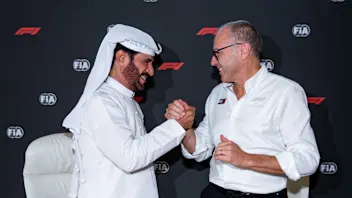 F1, the FIA and 11 teams sign 2026 Concorde Agreement
F1, the FIA and 11 teams sign 2026 Concorde Agreement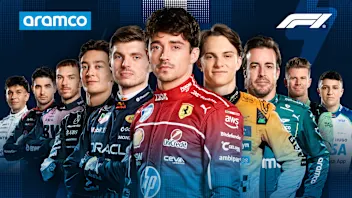 Power RankingsWho dazzled our judges at the finale in Abu Dhabi?
Power RankingsWho dazzled our judges at the finale in Abu Dhabi? Tsunoda's best moments in F1 as he departs the grid
Tsunoda's best moments in F1 as he departs the grid